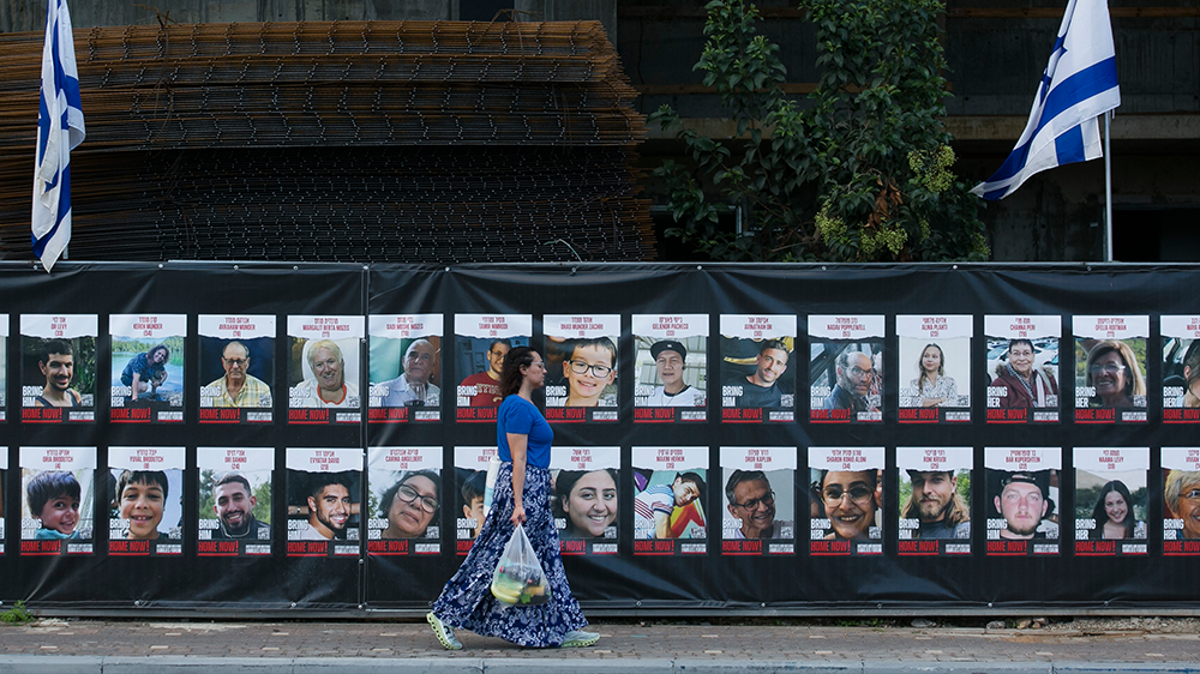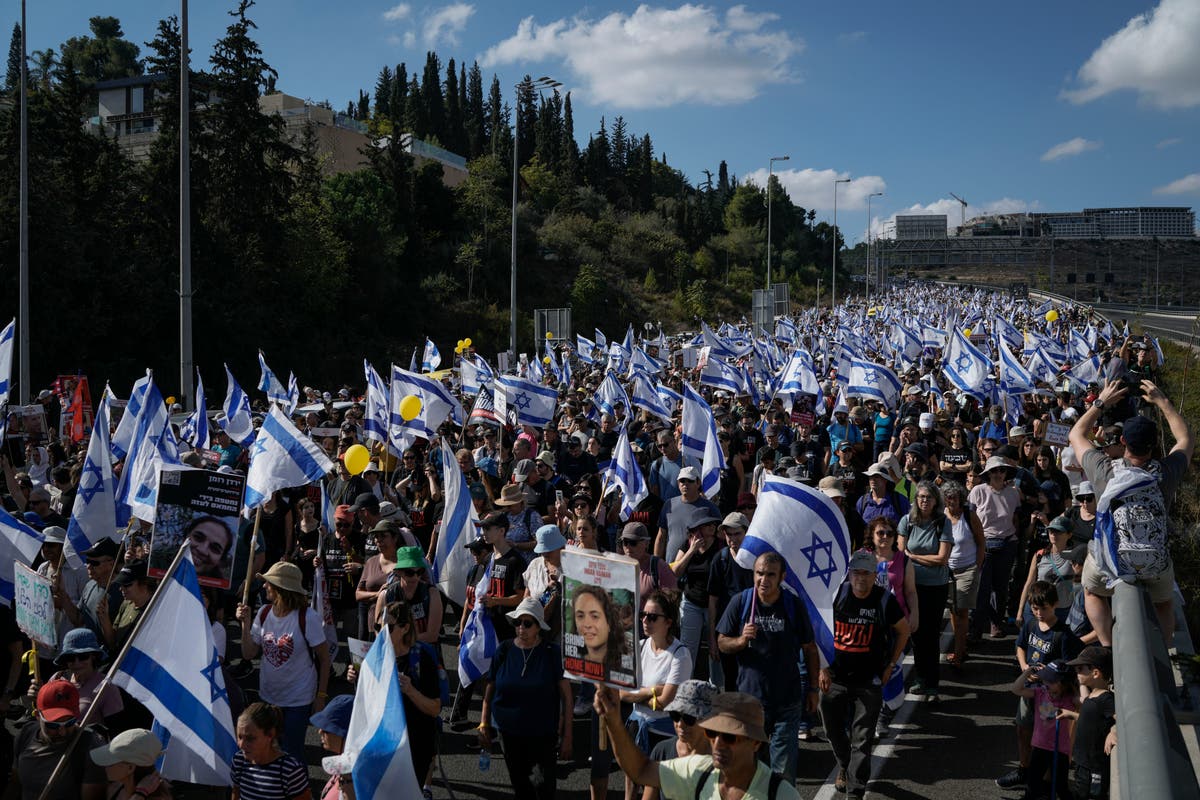A glimmer of hope in Israel-Hamas hostage deal
There is still much that could go wrong, and as of Wednesday night no hostages or prisoners had been freed. But Reuters and other news organizations reported that three American citizens were likely to be among those released in the agreement brokered by Qatar, Egypt, and the United States. One of them is said to be a 3-year-old girl, Abigail Mor Idan, whose parents were among the 1,200 killed by Hamas in the attack. Abigail turns 4 on Friday.
For the families of Americans held hostage by Hamas in Gaza, the deal reached this week between Israel and Hamas offers the first glimmer of hope in weeks that their loved ones may return safely. Just in time for Thanksgiving, the warring sides agreed to pause fighting for four days while Hamas releases 50 of the roughly 240 hostages it kidnapped on Oct. 7 and Israel frees about 150 Palestinian prisoners, all of them women and minors.
To some Israelis, the deal is a bitter pill to swallow, since it suggests some kind of equivalence between innocent civilians kidnapped by Hamas and the Palestinian “security prisoners” they will be traded for. The prisoners held by Israel were all arrested (though not necessarily convicted) for politically motivated crimes, including some violent acts. The deal also leaves many hostages behind, and in some cases may break up families if women and children are released while their fathers remain in captivity. And there is always a risk that trading for hostages will only encourage more hostage-taking. Get The Primary Source Globe Opinion's weekly take on politics, delivered every Wednesday. Enter Email Still, the exchange is a humane decision that will reunite some grieving families, and the Israeli cabinet was right to approve it. The deal also creates an opportunity for — though no assurance of — future breakthroughs. It is open-ended: As long as Hamas continues to release 10 hostages a day, Israel says it will refrain from restarting its attacks on Hamas in the Gaza Strip. Hamas abducted many non-Israeli prisoners, including roughly 25 Thai farm workers. The Thai government hopes to strike its own deal for their release . The pause in fighting is not a permanent cease-fire. Israel isn’t leaving the parts of the Gaza Strip it invaded in response to the Oct. 7 attacks and says it remains committed to removing Hamas from power in Gaza. The agreement, which also includes allowing more humanitarian aid into Gaza and suspending some Israeli surveillance flights over the territory, has enough moving parts that it could easily fall apart. Even if the deal is successful, Prime Minister Benjamin Netanyahu of Israel said Tuesday that the fighting would resume. “There is idle talk out there, as if after the truce for the return of our abductees, we will stop the war,” he said. “We will continue the war until we achieve all our objectives: Eliminate Hamas, return all our abductees and missing persons, and ensure that there will be no element in Gaza that threatens Israel.” Given the astonishing brutality of the Oct. 7 attacks and Hamas’s stated desire to destroy Israel, it’s hard to argue with Netanyahu’s goals. And there is no possible excuse for Hamas to continue holding hostages, a clear war crime . But Israel’s ground invasion of Gaza has led to thousands of Palestinian civilian deaths and leveled huge swathes of the impoverished area. The hostage deal opens a short window for beginning to work a diplomatic solution that addresses Israel’s security needs and sets up some new government in Gaza. The way this deal came together also provides a template for how the United States and neighboring Arab states can help forge such an agreement. It may be a long shot. But the tentative steps taken this week to release hostages show that diplomacy can bear fruit — and is always worth trying. Editorials represent the views of the Boston Globe Editorial Board. Follow us .



















